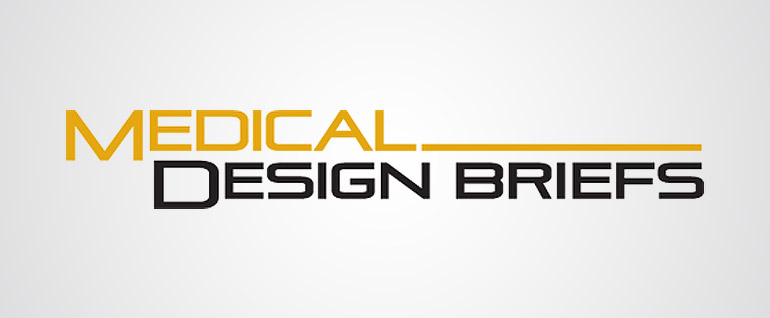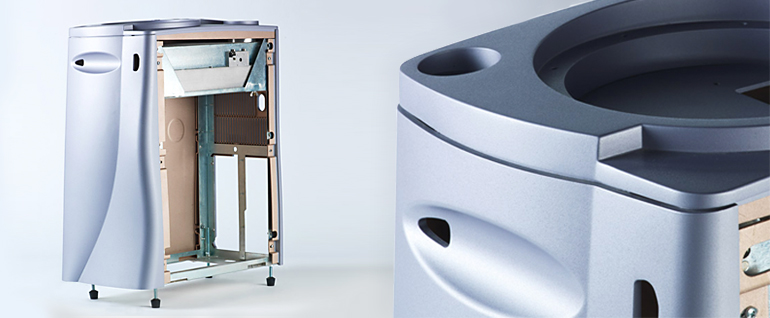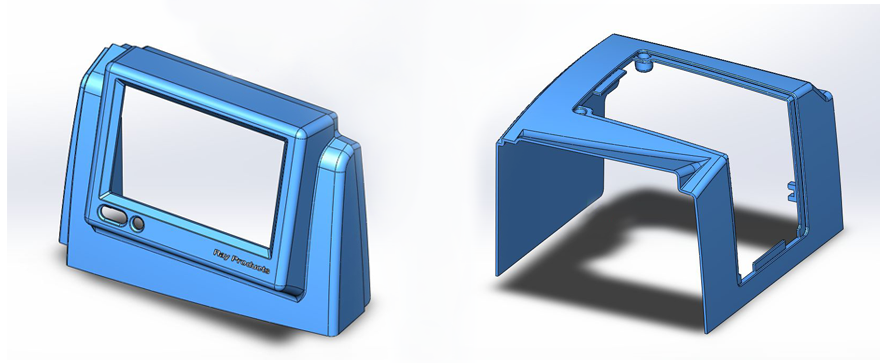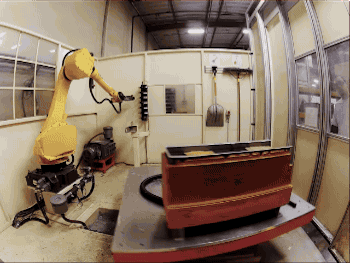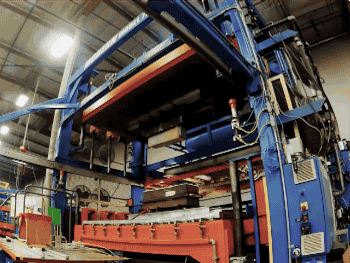Raise your hand if you love germs. Ok – how about mold? Mildew? I have a pretty good hunch that unless you’re a mycologist you’re hand’s not up in the air.
Bacterial and mold contamination cause enormous amounts of harm. In the U.S., about 4.6 million cases of asthma are attributed to mold exposure according to the Global Indoor Health Network. And worldwide, millions are hospitalized every year for bacterial infections.
So – I think we can all agree that reducing bacterial and mold contamination is a good thing. Which is where antimicrobial plastics come in.
What Are Antimicrobial Plastics?
Antimicrobial plastics are, in short, plastics that inhibit the growth of bacteria, mold or mildew. They do this by disrupting the growth cycle of the microbes in a number of different ways.
There is a wide range of antimicrobial plastics available that use several different technologies for their antimicrobial properties. Some use proprietary formulations like Microban®, others use more traditional antimicrobial compounds like silver-ions. Each has its own unique characteristics, but the good news is that they’re available in a wide range of materials, colors, and thicknesses.
With thermoformed antimicrobial plastics, the antimicrobial protection isn’t just coated on the outside of the plastic, but integrated into the actual structure of the plastic itself. This means that the antimicrobial resistance lasts throughout the life of the product and works to reduce microbial contamination between cleanings.
What Can They Be Used For?
Antimicrobial plastics are worth considering for anything where bacteria, mold or mildew resistance could be a benefit to the product. If you’re making something that will come in contact with people or prolonged moisture, it’s worth considering using antimicrobial plastics.
Sample Applications:
- Aircraft Interiors
- Mass Transit Vehicle Interior Components
- Equipment Housings
- Foodservice Equipment
- Medical Products
- Healthcare Equipment
- Durable Medical Goods
- Sporting Equipment
- Kiosk Housings
- And More!
At Ray Products, we have access to a wide variety of antimicrobial plastics that can be incorporated into any of our pressure forming, vacuum forming, and large part thermoforming processes.
If you’re interested in custom manufacturing plastics with antimicrobial properties, we’d love to help. Download our Lessons Learned whitepaper in medical device thermoformed manufacturing.
